Everything You Need To Know About Moving To Panama
One of the things people are most curious about is how I decided to live outside my home country, Canada. I am not surprised by this question. Most...

5 min read
Panama is my home. I’ve been living here for over five years, and every day I feel grateful for the decision to settle down in this country. It has been the perfect place to see both my family and my business grow.
What makes Panama so appealing is easy to understand. International investors and globally minded individuals value its many advantages: a stable, dollarized economy, a strong international banking sector, a privileged geographic location, a favourable territorial tax system, and, of course, the world-famous Panama Canal, which handles about 5% of global maritime trade. Thanks to these qualities, Panama has become one of the top destinations for expats seeking a balance of modern urban living, tropical beauty, and strategic economic opportunities.
If you’re considering your Plan-B, you’re probably asking yourself: What does it actually cost to live in Panama? This article answers that question with the latest 2025 data. You’ll find the average prices for housing, groceries, utilities, healthcare, and education — a clear picture of day-to-day life here. Let’s dive in.
A conversation about the living costs of Panama usually starts with: “How much do I really need to live well in Panama?” Of course, the answer always depends on your preferences and expectations, but having a realistic price range helps you formulate your future plans.
Let’s start with the average expenses of a single person, excluding rent. You can expect to spend around $814 USD per month, including utilities, food, dining out once a week, public transportation, and basic clothing. Once you include the cost of a rental apartment in the city centre, the monthly cost range will be between $1,750 and $2,000 USD. You can reduce costs by living outside the city centre and cooking at home, which may cost you between $1,500–$1,700 USD per month.
What are the living costs for families in Panama? If we calculate the average costs, including public transportation, utilities, food, basic clothing, and dining out once a week, a family of four will spend at least $2,913 USD per month. However, once you include rent, the cost will be between $4,400 USD and $4,800 USD per month. If you prefer international schools, private healthcare, luxury communities, or employing domestic help, the cost of living will be roughly $7,500 USD or more per month. Certainly, there is no limit to a luxurious life in Panama. Although Panama isn’t the least expensive country in Latin America, the high quality of life and strategic advantages in Panama justify the expense.
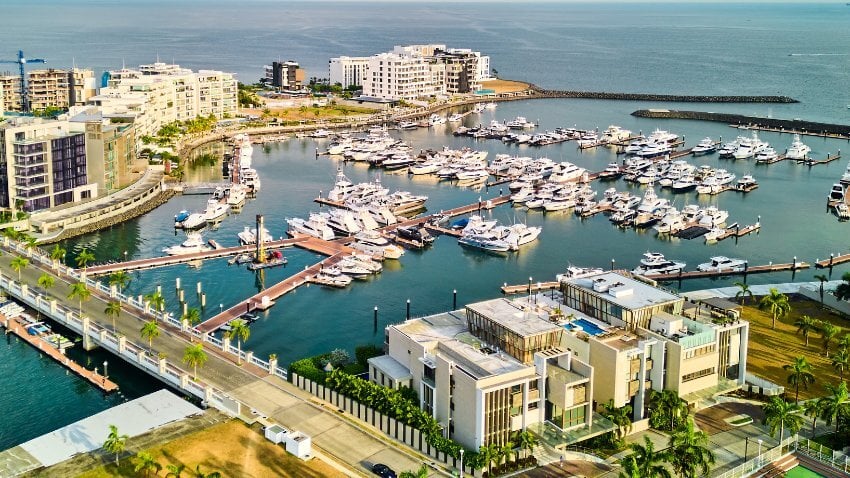
From Panama City’s upscale districts to rural escapes, housing costs vary widely, yet property ownership here can unlock permanent residency and even citizenship
Like everywhere in the world, housing is one of the biggest expenses in any expat budget. Prices vary significantly depending on the size, location, and amenities provided. You may want to consider paying extra to live in the upscale neighbourhoods of Panama City or beach communities like Coronado and Buenaventura. However, smaller towns or rural areas offer considerably lower prices. In the following table, you’ll find some examples of rental housing costs.
|
Type of Housing |
Average Monthly Cost (USD) |
|
1-Bedroom Apartment – City Centre |
$932 USD |
|
1-Bedroom Apartment – Outside City Centre |
$715 USD |
|
3-Bedroom Apartment – City Centre |
$1,700 USD |
|
3-Bedroom Apartment – Outside Centre |
$1,380 USD |
Owning property in Panama can also open doors to permanent residency and, eventually, citizenship. The current average purchase prices per square metre are approximately $2,010 USD in city centres and $1,545 USD outside. Suppose you opt to carry a mortgage; mortgage interest rates in Panama range from 6.4% annually. Cash purchases are common, but they depend on your budget.
Panama offers an excellent blend of fresh, affordable local foods and a diverse selection of imported goods. However, expats should expect to pay noticeably more for imported specialty items and international wines compared to local products due to import duties and markups. You can explore the costs of everyday grocery items in the table below.
|
Common Grocery Items |
Average Price (USD) |
|
Dozen Eggs |
$2.66 USD |
|
Chicken Fillets (1kg) |
$7.25 USD |
|
Beef Round (1 kg) |
$9.28 USD |
|
Bananas (1kg) |
$1.35 USD |
|
Local Cheese (1kg) |
$11.32 USD |
|
Wine (Mid-range Bottle) |
$10 USD |
|
Domestic Beer (0.5L Bottle) |
$1.23 USD |
A couple shopping primarily at local markets (like El Rey and El Machetazo) should budget approximately $350–$500 USD per month for groceries.
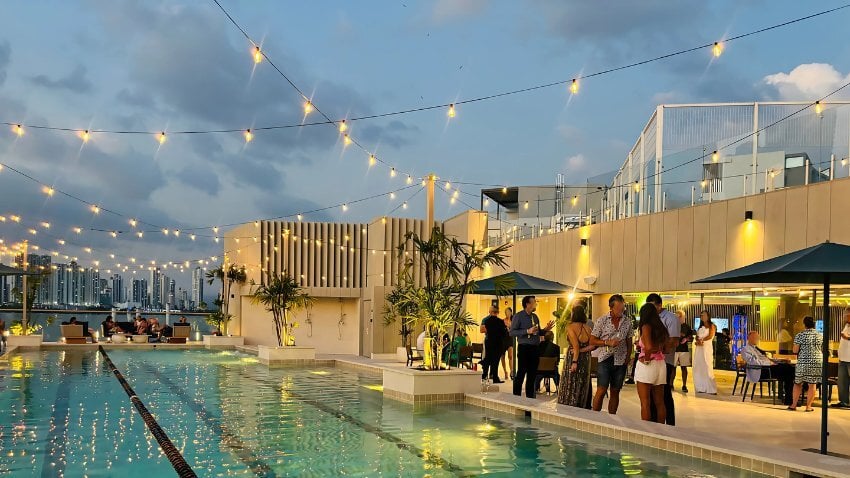
Panama’s dining scene ranges from local fondas to upscale international restaurants, with a moderate dining-out budget averaging $150–350 USD per month per person
From local fondas serving traditional Panamanian meals to upscale international restaurants in expat neighbourhoods, Panama has excellent dining options for every taste. The table below illustrates some restaurant costs.
|
Dining Options |
Average Price (USD) |
|
Meal at Local Restaurant |
$10.00 USD |
|
3-Course Dinner for Two (Mid-range) |
$50.00 USD |
|
Cappuccino |
$3.56 USD |
|
McDonald’s Combo Meal |
$8.00 USD |
A moderate dining-out budget might range from $150 to $350 USD per month per person.
Public transportation, including the modern Panama Metro and buses, is accessible and inexpensive. Owning a car is relatively costly due to import taxes and fuel prices, although it is especially helpful outside of the city centres. Information on transportation costs in Panama is provided in the table below.
|
Transportation-Related Costs |
Average Price (USD) |
|
One-Way Metro Ticket |
$0.35 - 0.50 USD |
|
One-Way Bus Ticket |
$0.50 USD |
|
Monthly Public Transport Pass |
$25.00 USD |
|
Gasoline (1 Litre) |
$0.92 USD |
|
New Toyota Corolla |
$21,100.00 USD |
Panama has a robust infrastructure, particularly in urban areas. Electricity, water, and high-speed internet are reliable. The costs of these utilities are listed in the table below.
|
Utility & Communication Costs |
Average Price (USD) |
|
Utilities (Electricity, Water, Garbage) |
$110.00 USD/month |
|
High-Speed Internet (100 Mbps+) |
$48.00 USD/month |
|
Mobile Phone Plan (Unlimited Data) |
$29.00 USD/month |

Panama offers world-class private healthcare starting at $50—faster, cheaper, and more accessible than in the U.S. or Canada
Panama offers excellent healthcare, with both public and private options available. However, many expats opt for private insurance, which provides high-quality services at affordable fees. A basic private insurance plan in Panama may cost between $50 USD and $150 USD. You can also opt for more comprehensive insurance plans.
To access healthcare of the same quality as in Panama, you must pay significantly higher fees in the US. Basic insurance starts around $400 USD in the U.S., which excludes many healthcare services. Canada is even worse, as it has very limited private hospitals, and public healthcare is both overloaded and underfunded. However, in Panama, you can access the best private healthcare service, even on a pay-as-you-go basis, without health insurance.
When comparing the cost of living in the United States and Canada to Panama, both countries show significantly higher expenses across all major categories. In the United States, the cost of living excluding rent is 50.6% higher than in Panama, while including rent, the total cost rises by 58.3%. Rent prices alone are 77.1% higher, restaurant prices are 66.9% higher, and groceries cost 46.9% more. In contrast, Canada’s cost of living, excluding rent, is 39.7% higher than in Panama, and 38.6% higher when rent is included. Canadian rent prices are 35.9% higher, restaurant prices are 49.4% higher, and groceries are 38.5% more expensive.
Although the cost levels differ slightly between the two countries, both the U.S. and Canada remain significantly more expensive than Panama for everyday expenses such as housing, food, and dining out.
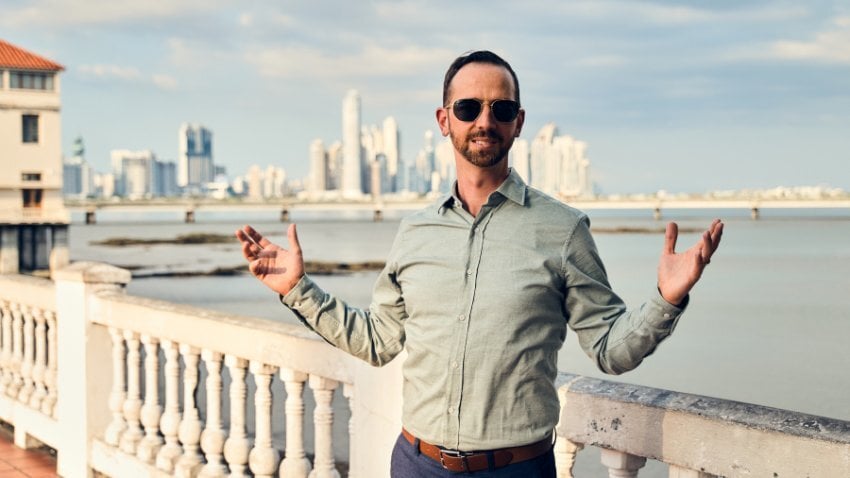
Panama offers freedom, stability, and opportunity with modern infrastructure, low taxes, and easy residency options, making it a top choice for expats
Panama stands out as a top-tier destination for those ready to break free from the chaos of high-cost, high-tax living. With its tropical climate, modern infrastructure, and stable dollarized economy, it strikes the perfect balance between comfort and opportunity. Whether you’re looking to enjoy beachside living, tap into international business networks, or simply escape government overreach, Panama offers the clarity and control that so many are missing in the West.
It’s a country where expats thrive—building businesses, raising families, and enjoying a quality of life that’s increasingly hard to find elsewhere. With straightforward residency options and a growing community of like-minded individuals, Panama has become a hub for freedom seekers who value sovereignty and smart living.
If you’re ready to take action, diversify your options, and create a life where you're in charge, Panama should be at the top of your list. Download our free report on Plan-B Residencies and Instant Citizenships and start designing your offshore future today.
If you want the best intel from the expat world, including profitable offshore opportunities, little-known tax-saving strategies, and hard-won insights on immigration, passports, and Plan-B residencies, all delivered to your inbox every single week, then join our daily correspondence, EMS Pulse®. Currently enjoyed by over 84,000 expats and expat-hopefuls worldwide. Fill in the form below to join our newsletter free:

Written by Mikkel Thorup
Mikkel Thorup is the world’s most sought-after expat consultant. He focuses on helping high-net-worth private clients to legally mitigate tax liabilities, obtain a second residency and citizenship, and assemble a portfolio of foreign investments including international real estate, timber plantations, agricultural land and other hard-money tangible assets. Mikkel is the Founder and CEO at Expat Money®, a private consulting firm started in 2017. He hosts the popular weekly podcast, the Expat Money Show, and wrote the definitive #1-Best Selling book Expat Secrets - How To Pay Zero Taxes, Live Overseas And Make Giant Piles Of Money, and his second book: Expats Guide On Moving To Mexico.
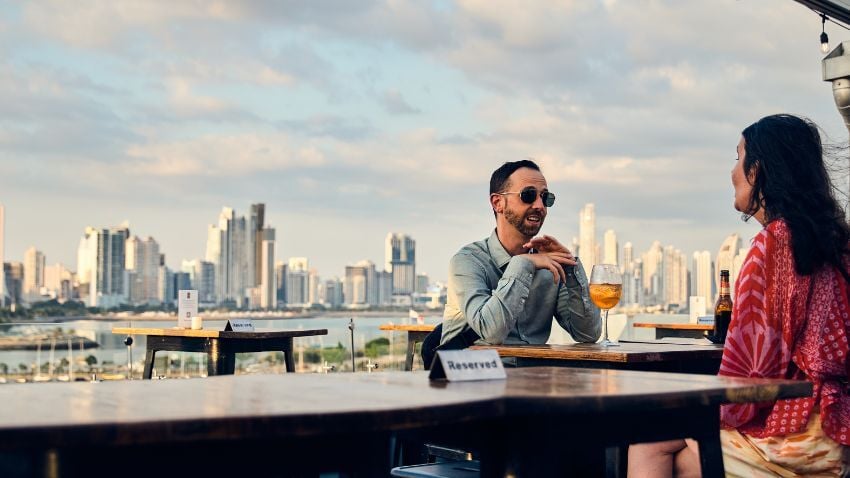
One of the things people are most curious about is how I decided to live outside my home country, Canada. I am not surprised by this question. Most...
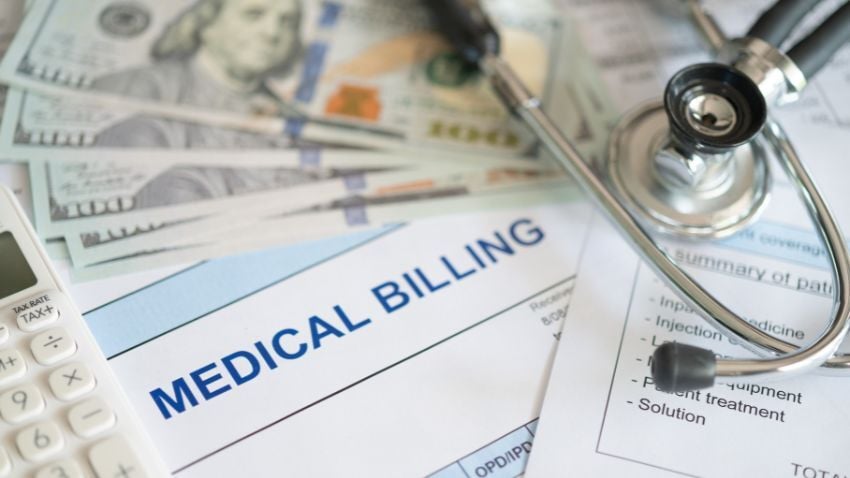
For many of us, going to the doctor has become something we try to avoid. Modern healthcare in the West is more of an obstacle course than a service,...
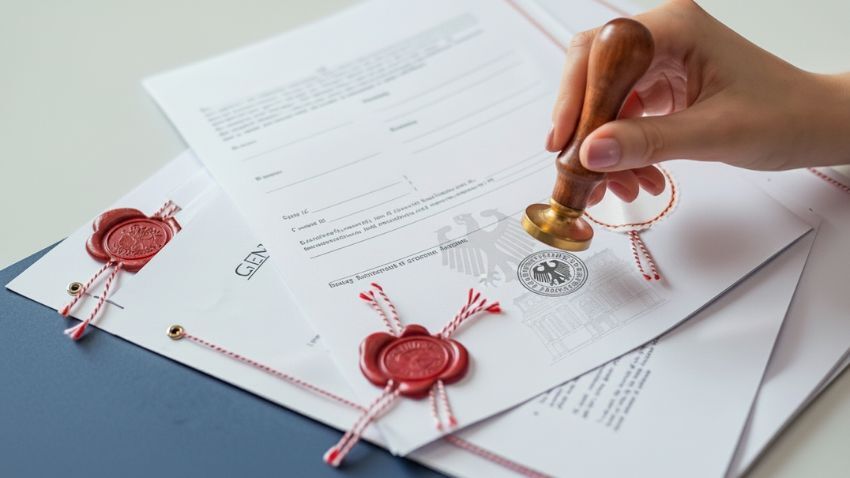
If you are living abroad, preparing for an international move, or need to present official German documents outside of Germany, for example, for...